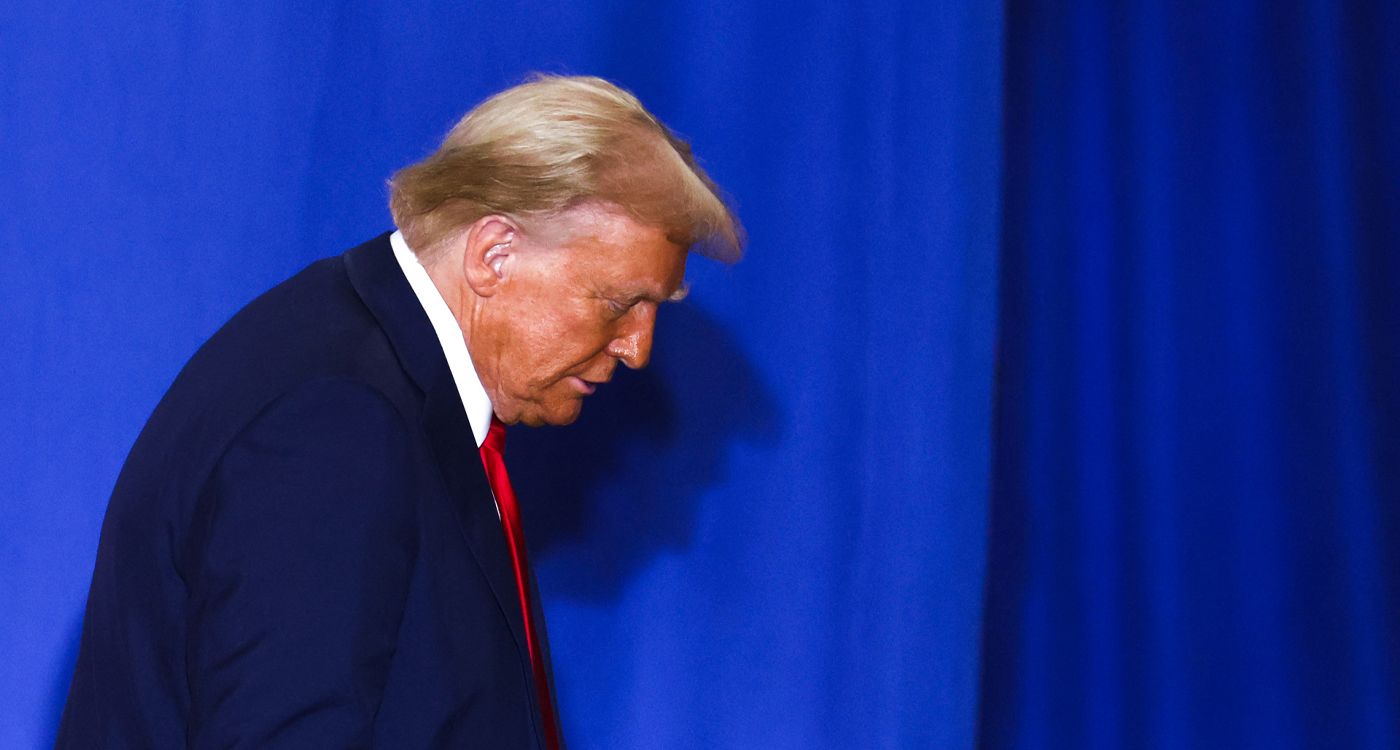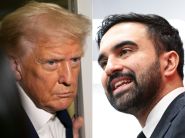- Home
- Middle East
- The Augean Stables Trump Must Clean Up

©Charly Triballeau / AFP
President-elect Donald Trump faces a host of complex challenges as he prepares for his January 20 inauguration. Amid a deeply polarized America, he aims to unite the nation and tackle its pressing issues. Here are the key priorities for his presidency:
The Economy: A Top Priority
Trump has made the economy the centerpiece of his agenda, vowing to “end inflation and make America affordable again.”
During Joe Biden’s administration, inflation reached levels unseen since the 1980s, peaking at 8.3% in 2022 – a 40-year high.
However, Trump’s ability to directly influence prices is limited by the independence of the US Federal Reserve (the Fed).
A staunch proponent of “supply-side economics,” he aims to increase domestic energy production and drive housing development projects on federal lands.
Taming Taxation
US Treasury figures are staggering: in 2024, the government collected $4.92 trillion in revenue, primarily from individual income taxes. However, expenditures totaled $6.75 trillion, creating a deficit of $1.83 trillion.
Even more troubling, the GDP for the 2024 fiscal year was $28.83 trillion, falling short of the national debt, which stands at $35.46 trillion, resulting in a debt-to-GDP ratio of 123%.
The term “austerity” often resurfaces, to the concern of those unfamiliar with its meaning. It refers to measures aimed at reducing the budget deficit and curbing the growth of public debt, typically through spending cuts, tax increases or a combination of both. In simple terms, it means “living within our means” without fueling economic bubbles.
The research of economists Alberto Alesina, Carlo Favero and Francesco Giavazzi, too exhaustive and detailed for a single article, emphasizes that cutting public spending – and, by extension, taxes – is far more effective in alleviating budget deficits.
Empirical data shows that spending cuts are typically more effective in lowering the debt-to-GDP ratio than tax hikes. Moreover, such cuts can signal to investors that future tax reductions are possible, thereby spurring investment.
As part of his strategy to reduce government spending, Trump plans to establish a new agency, the “Department of Government Efficiency,” to be led by Elon Musk and Vivek Ramaswamy.
The department's goal would be to streamline and rationalize government operations, particularly by eliminating unnecessary regulations and reducing the federal bureaucracy.
Furthermore, Trump proposes a new round of tax cuts, including extending the 2017 tax reforms, reducing the corporate tax rate to 15% and abolishing the Social Security income tax.
‘America First’
Trump's foreign policy is rooted in isolationism, prioritizing the reduction of US involvement in global affairs, scaling back international alliances and putting national interests first.
This approach is reflected in his rejection of prolonged military interventions abroad, a protectionist trade policy and a preference for bilateral rather than multilateral agreements.
His opposition to providing military aid to Ukraine and his criticism of NATO have raised concerns among international allies and marked a stark departure from the Biden administration’s policy of support for Ukraine.
One of the most controversial elements of Trump's campaign is his promise to resolve the Ukraine conflict within 24 hours.
This statement has drawn sharp criticism, with some analysts questioning the realism and responsibility of such a promise. Nevertheless, Trump remains confident that his relationships with Vladimir Putin and Volodymyr Zelensky will enable him to negotiate a swift ceasefire.
Climate: Controversial Proposals
In regard to climate, Trump plans to reduce environmental regulations and roll back Biden's energy transition policies, particularly those concerning electric vehicles.
One of his first measures would be to eliminate the “electric vehicle mandate,” a policy requiring automakers to increase electric vehicle production to meet pollution standards set by the Environmental Protection Agency.
Trump views these regulations as burdensome to the automotive industry and hindrances to the growth of traditional energy sectors such as oil and natural gas.
He has also proposed reinstating domestic energy production on American soil, including lifting offshore drilling bans and expanding fossil fuel extraction projects.
Trump has already labeled the “Green New Deal” as a “green scam,” a program he argues harms American energy producers and families.
He has pledged to end subsidies for renewable energy, focusing instead on reviving fossil fuel development, which he sees as vital for the nation’s economic growth.
Whether these bold promises will mark a historic turning point for America and usher in a new era of prosperity and renewed power remains to be seen.
Read more





Comments